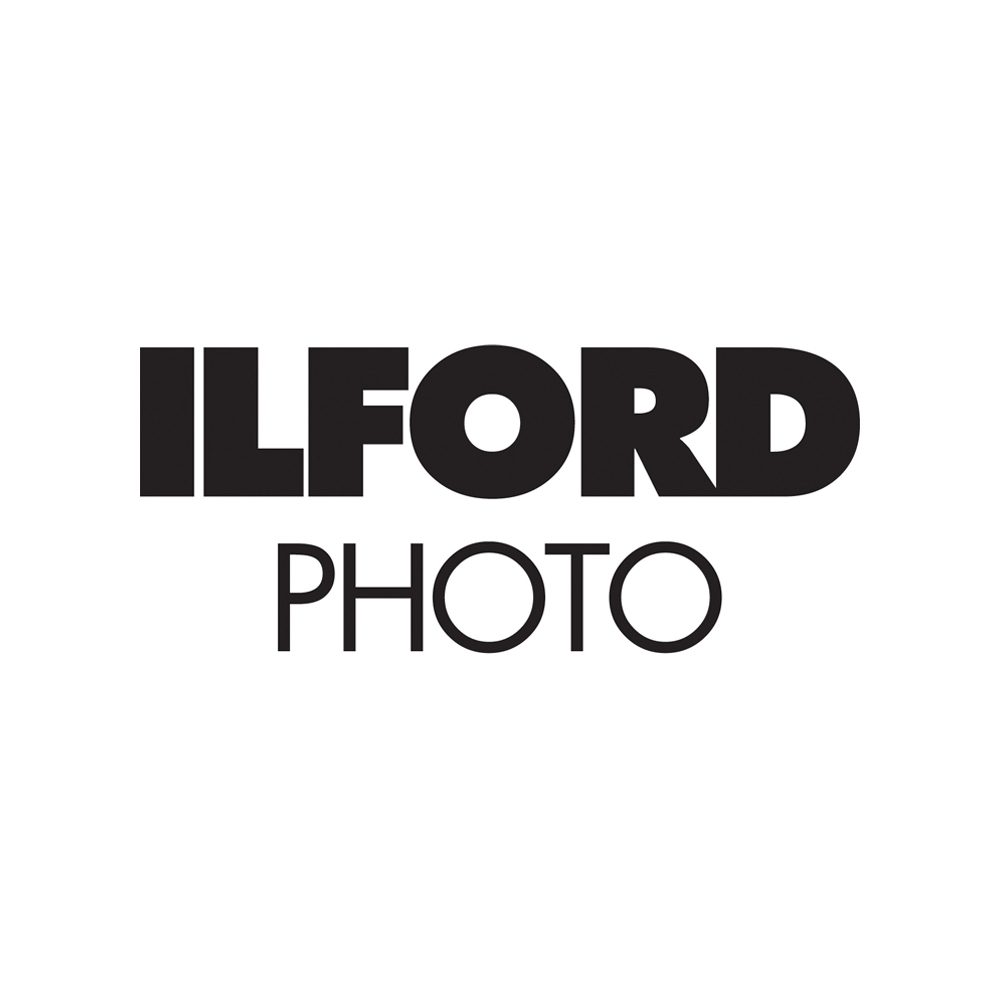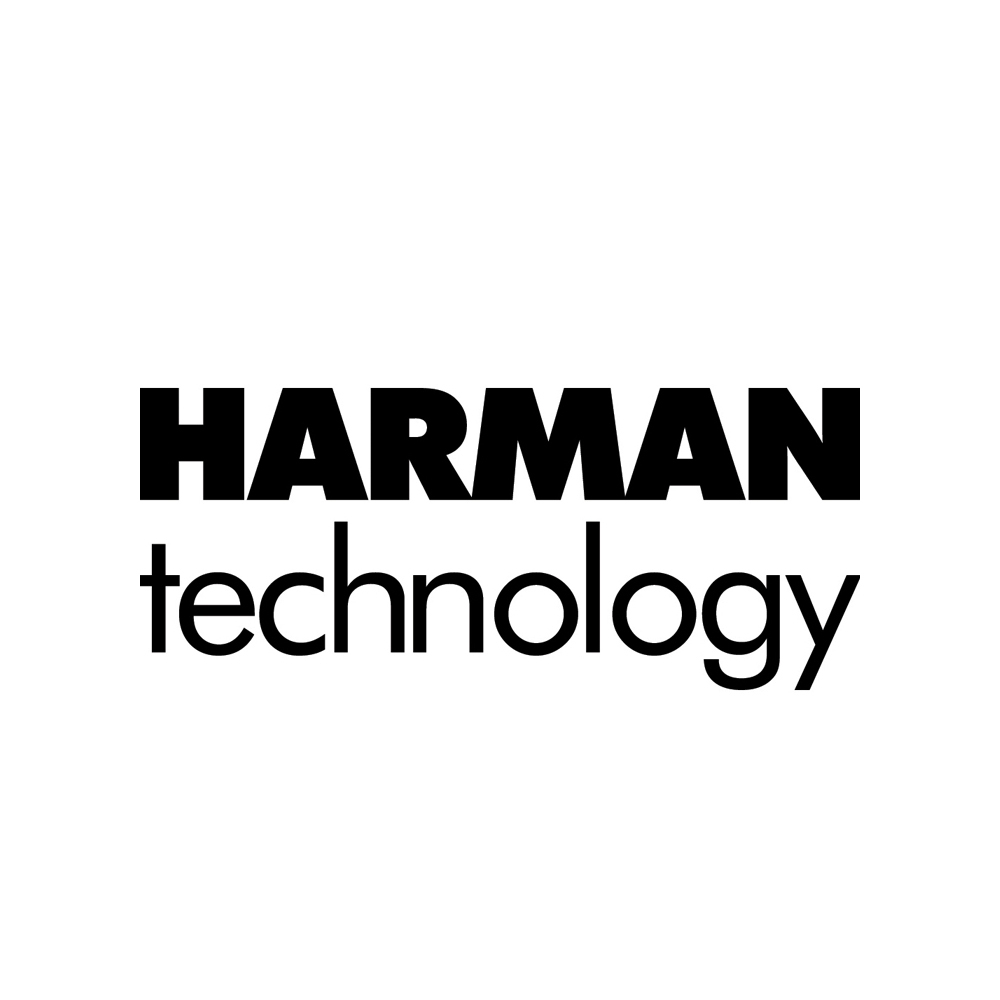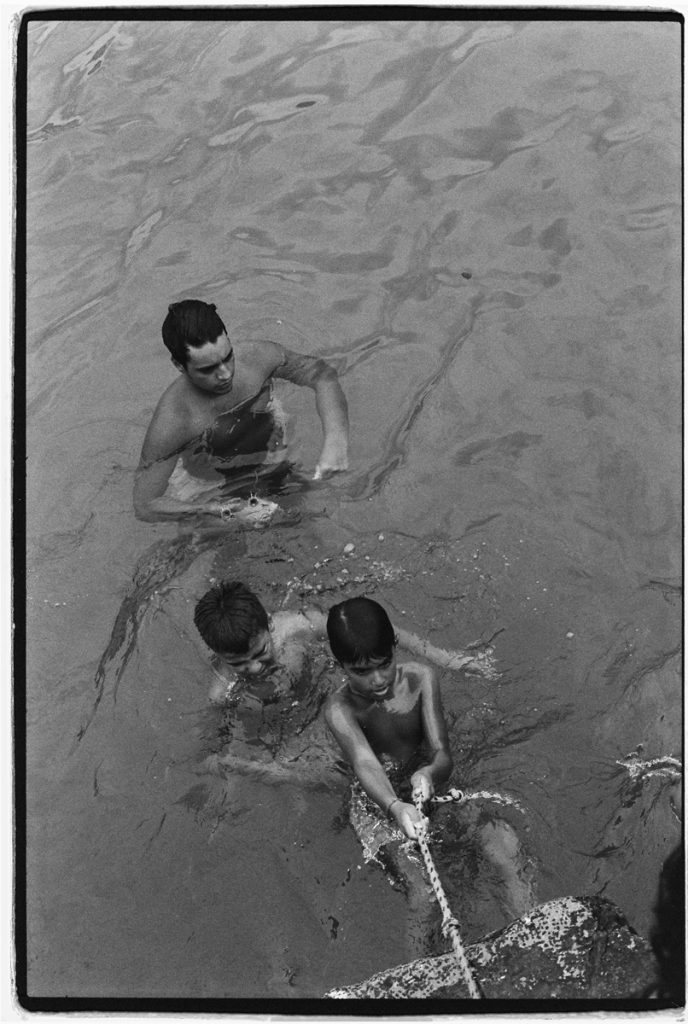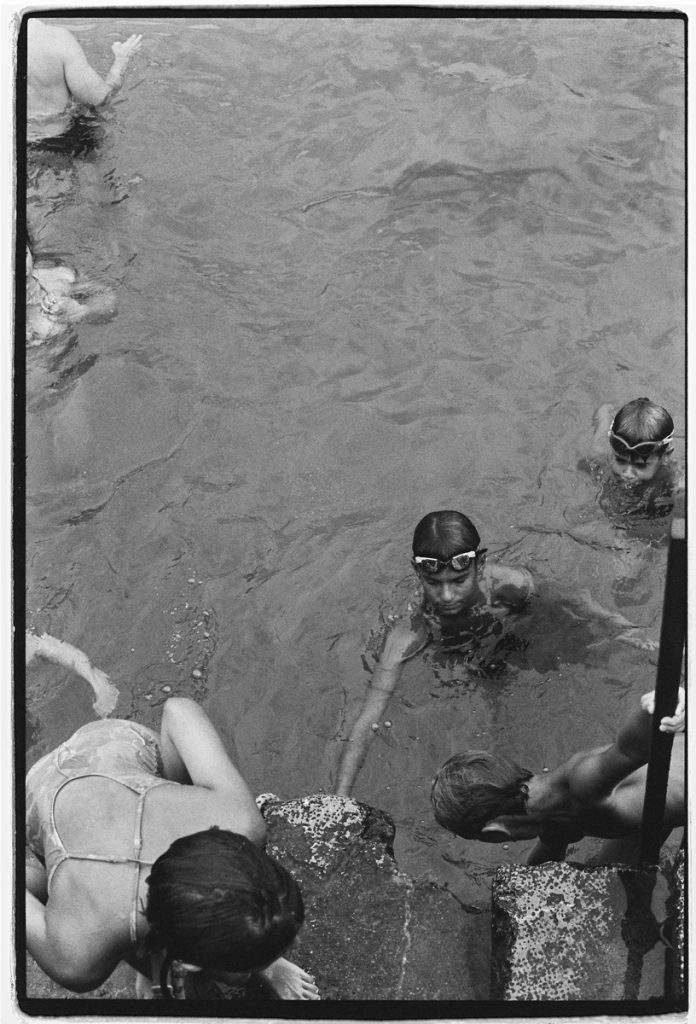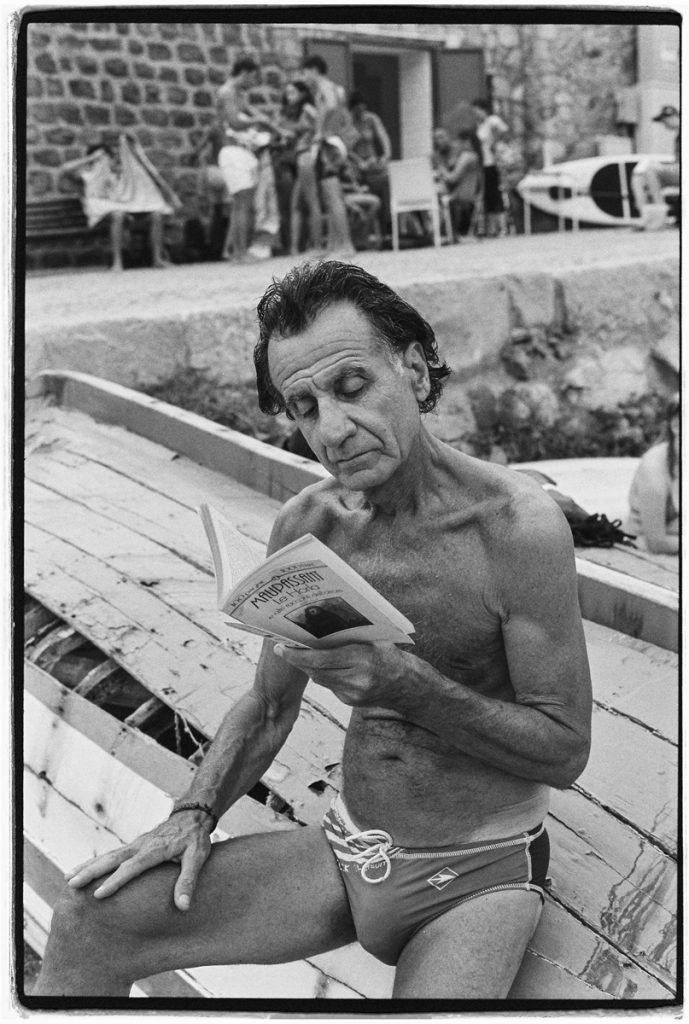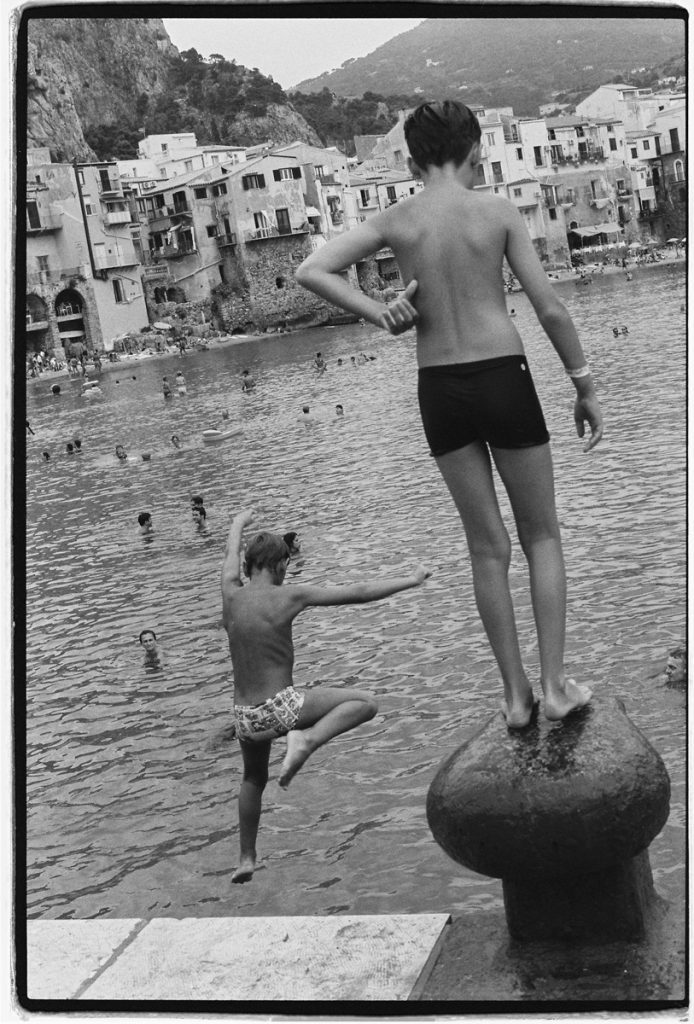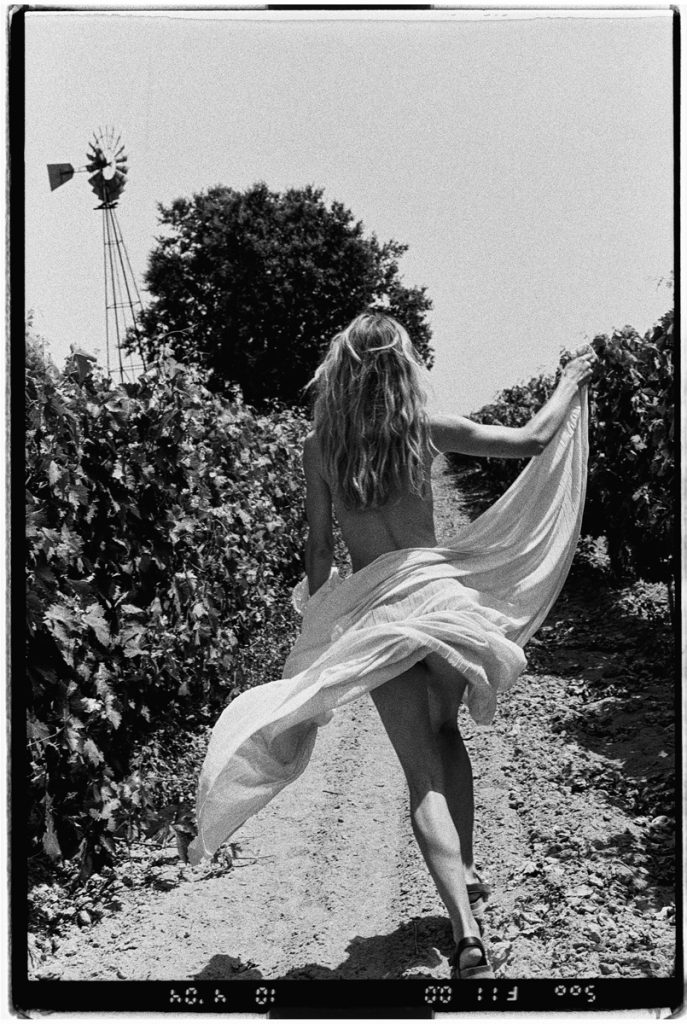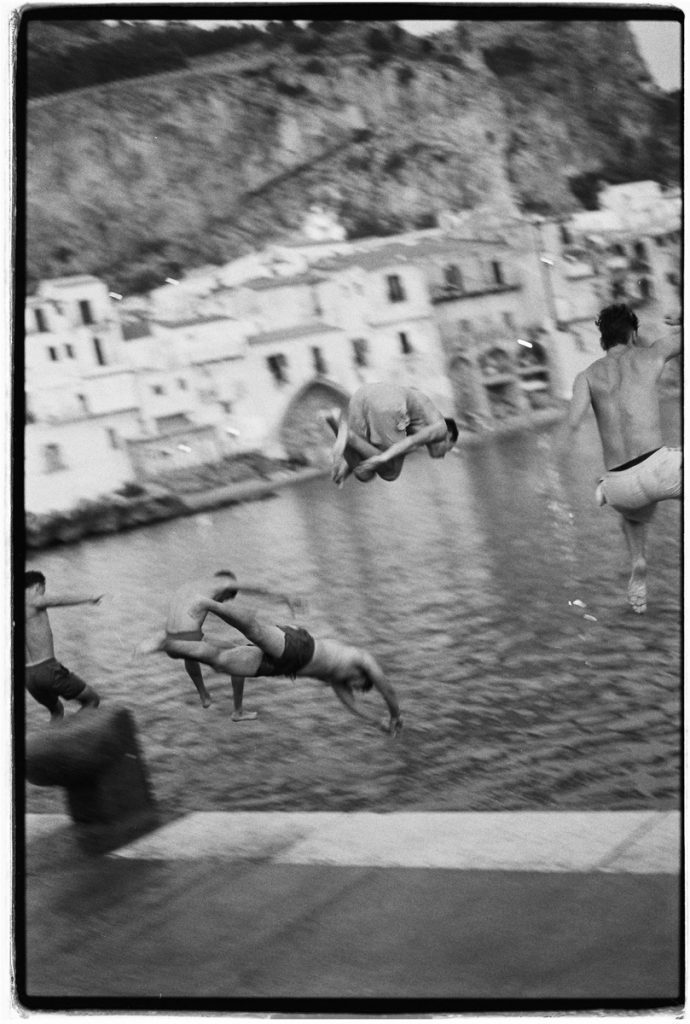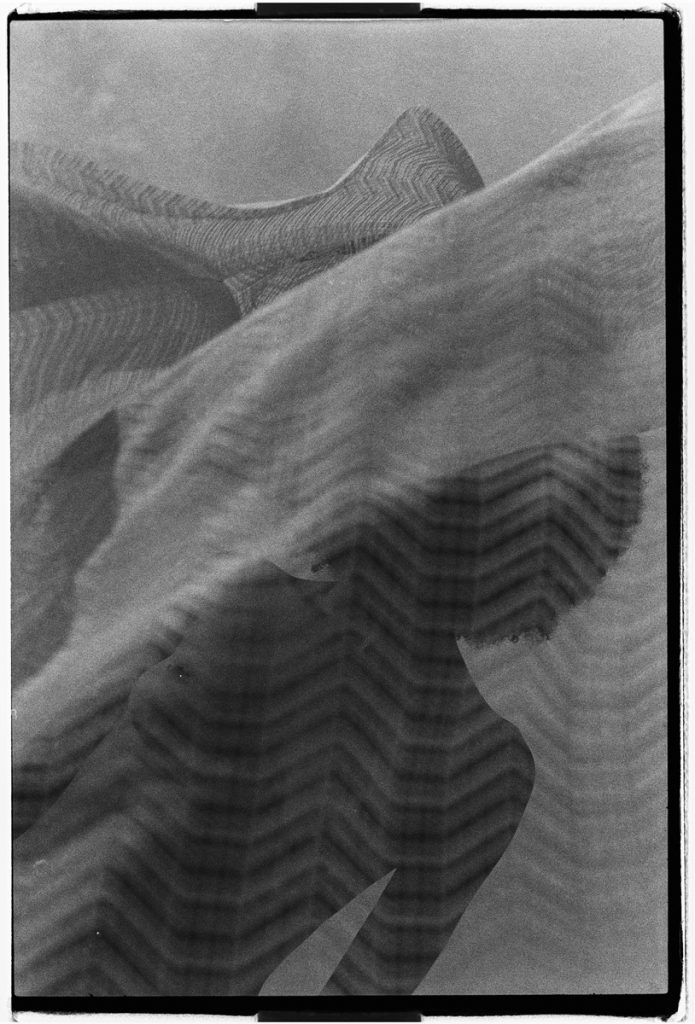Photography, Light, and Emotion: A Look at My Creative Process Posted On 17th June 2025 To Magazine & Stories

Dialogues With Nostalgia
My work in photography is deeply connected to light and emotion. Black and white analog photography allows me to explore these elements with a unique sensitivity, where each image results from a constant search to capture the ephemeral and the timeless. I shoot with ILFORD Delta 400 and ILFORD HP5+ films, using cameras such as the Mamiya RZ67 Pro II, Nikon F100, and Nikon F6, because their grain and tonal range offer a texture that dialogues with nostalgia, memory, and melancholy, recurring themes in my work.
Mi trabajo fotográfico está profundamente conectado con la luz y la emoción. La fotografía analógica en blanco y negro me permite explorar estos elementos con una sensibilidad única, donde cada imagen es el resultado de una búsqueda constante por capturar lo efímero y lo atemporal. Trabajo con películas ILFORD Delta 400 e ILFORD HP5+, utilizando cámaras como la Mamiya RZ67 Pro II, la Nikon F100 y la Nikon F6, porque su grano y rango tonal ofrecen una textura que dialoga con la nostalgia, la memoria y la melancolía—temas recurrentes en mi obra.
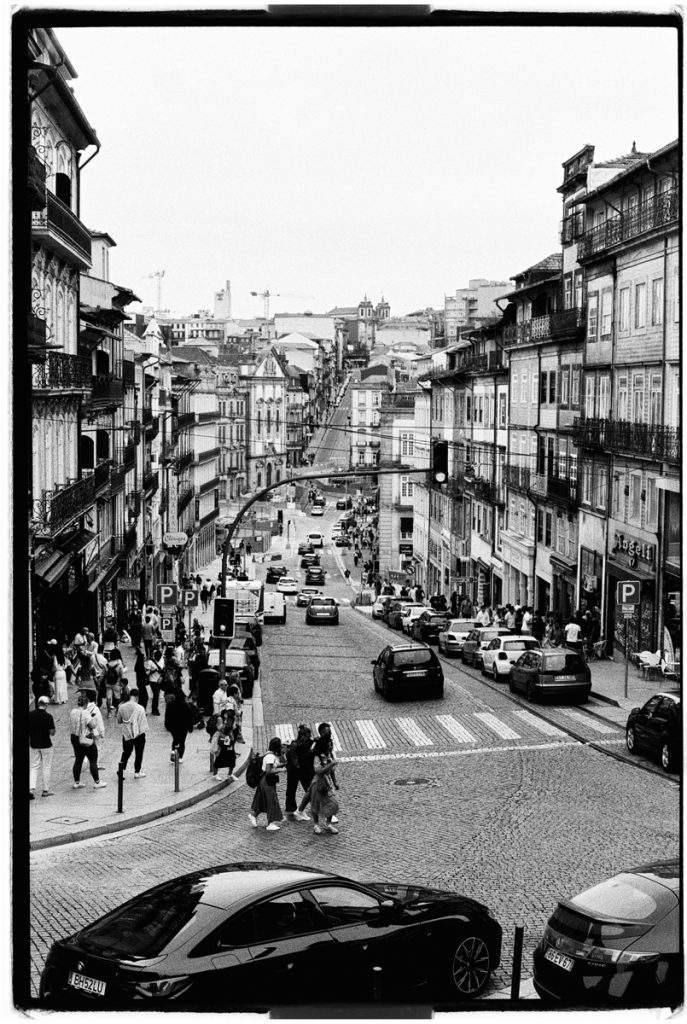
Create Unexpected Narratives
Light is the essential language of my photography. I primarily work with natural light because I’m drawn to its ability to transform a scene organically. I love observing how it falls on faces, how it moves through a space, or how shadows can create unexpected narratives. However, in the studio, I use flashes when needed, and increasingly, I’m bringing them outdoors to experiment with their potential in more spontaneous, less controlled environments. In those cases, I aim for the artificial light to subtly enhance the emotional texture of the image without overwhelming it.
La luz es el lenguaje esencial de mi fotografía. Trabajo principalmente con luz natural porque me atrae su capacidad para transformar una escena de forma orgánica. Me fascina observar cómo cae sobre los rostros, cómo se mueve a través de un espacio, o cómo las sombras pueden construir narrativas inesperadas. Sin embargo, en el estudio utilizo flashes cuando es necesario—y cada vez más los estoy llevando al exterior para experimentar con su potencial en entornos más espontáneos y menos controlados. En esos casos, busco que la luz artificial potencie sutilmente la textura emocional de la imagen, sin imponerse sobre ella.
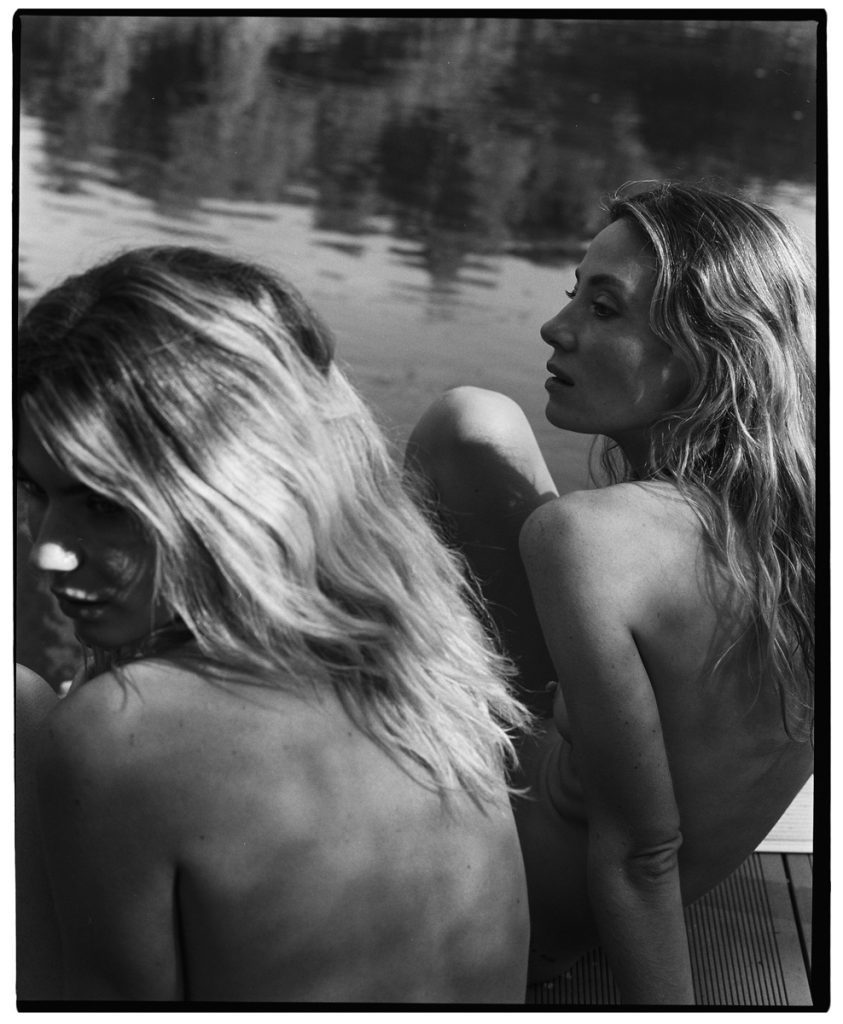
Cinematic Aesthetics
For a long time, I’ve been inspired by cinematic aesthetics. I’m fascinated by how cinematographers use light to convey a mood or tell a story. My visual references include Christopher Doyle's dreamlike atmospheres in Wong Kar-wai’s films, Peter Deming’s work in Mulholland Drive, or Marcell Rév’s poetic lighting in Euphoria, all of whom create painterly, emotionally charged scenes. In my analog photography, even without the complete control offered by cinematic setups, I strive to evoke that same kind of intimacy, silence, and emotional ambiguity.
Desde hace tiempo me inspira la estética cinematográfica. Me fascina cómo los directores de fotografía utilizan la luz para transmitir un estado de ánimo o contar una historia. Mis referencias visuales incluyen las atmósferas oníricas de Christopher Doyle en las películas de Wong Kar-wai, el trabajo de Peter Deming en Mulholland Drive, o la iluminación poética de Marcell Rév en Euphoria—todos ellos crean escenas cargadas de emoción, casi pictóricas. En mi fotografía analógica, incluso sin el control total que permite el cine, intento evocar esa misma intimidad, silencio y ambigüedad emocional.
Almost Tactile Emotional Quality
The analog process itself is also a big part of my relationship with light. From selecting the film to developing it, and now more recently making my own handprints in the darkroom. I have found that each step offers a new way of understanding and shaping the image. The texture, the grain, and even the imperfections all contribute to a timeless, almost tactile emotional quality.
El propio proceso analógico también forma parte esencial de mi relación con la luz. Desde la elección de la película hasta el revelado y, más recientemente, la realización de copias manuales en el laboratorio, cada etapa me ofrece una nueva forma de entender y modelar la imagen. La textura, el grano e incluso las imperfecciones contribuyen a una cualidad emocional atemporal, casi táctil.
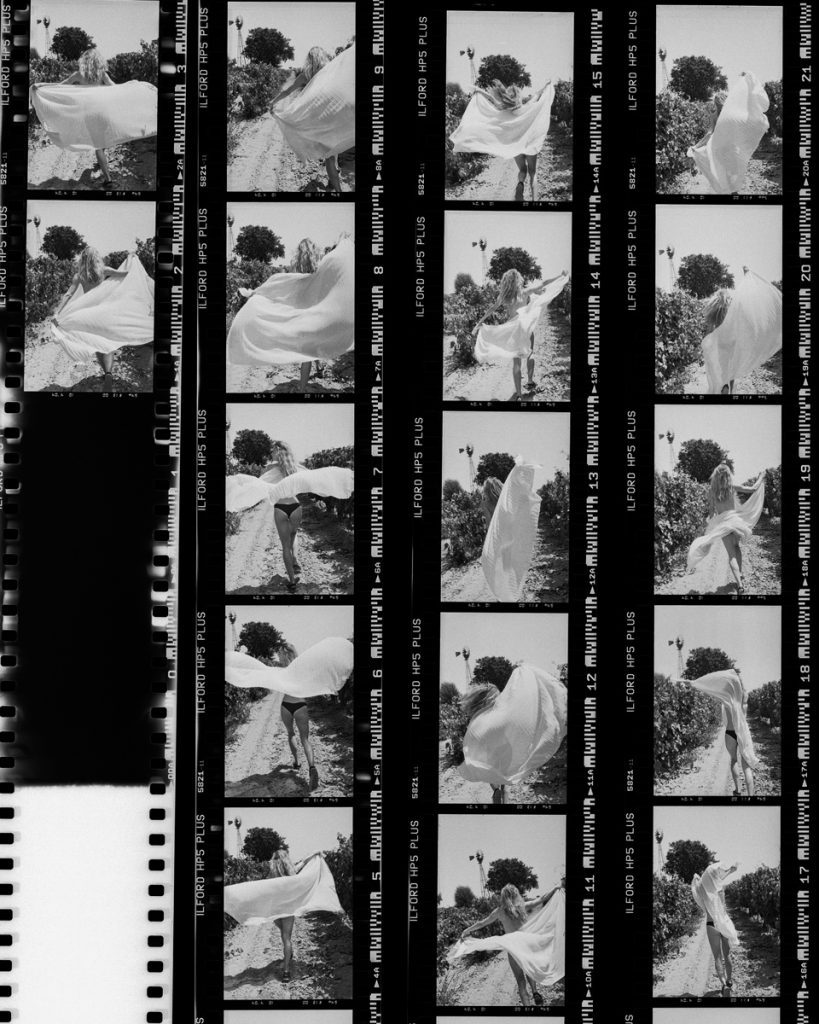
My Commercial Work
This approach carries over into my commercial work as well. When collaborating with brands, I always try to bring an artistic sensibility to the creative direction, maintaining my visual language while respecting the needs and identity of the client. It’s important for me that even commercial imagery still feels emotionally honest and visually intentional.
Este enfoque también se traslada a mi trabajo comercial. Cuando colaboro con marcas, intento aportar siempre una sensibilidad artística a la dirección creativa, manteniendo mi lenguaje visual sin perder de vista las necesidades e identidad del cliente. Para mí es importante que incluso las imágenes comerciales conserven una intención visual y una honestidad emocional.
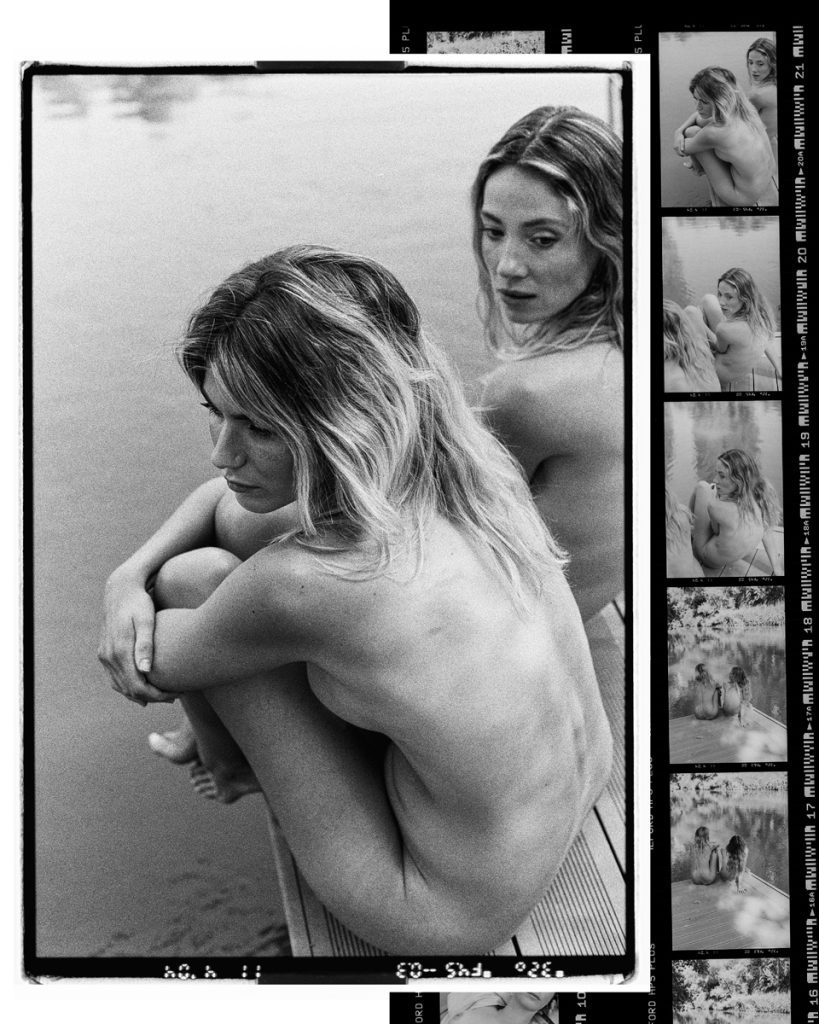
Melancholy
Melancholy is a thread that consistently runs through my work. Every one of my exhibitions touches on it, in one form or another. For me, melancholy comes in waves, it’s not sadness, but a reflective state of mind that looks to the past and finds beauty in what once was. I've explored this in shows like Resistencia de la Melancolía (“Resistance of Melancholy”), and soon in my upcoming photobook Diario de la Melancolía (“Melancholy Diary”), which is a kind of visual journal of solitude, memory, and fleeting emotions.
La melancolía es un hilo constante en mi trabajo. Todas mis exposiciones la tocan, de una forma u otra. Para mí, la melancolía viene en oleadas: no es tristeza, sino un estado mental reflexivo que mira al pasado y encuentra belleza en lo que fue. Lo he explorado en muestras como Resistencia de la Melancolía, y próximamente en mi fotolibro Diario de la Melancolía, que funciona como una especie de diario visual sobre la soledad, la memoria y las emociones fugaces.
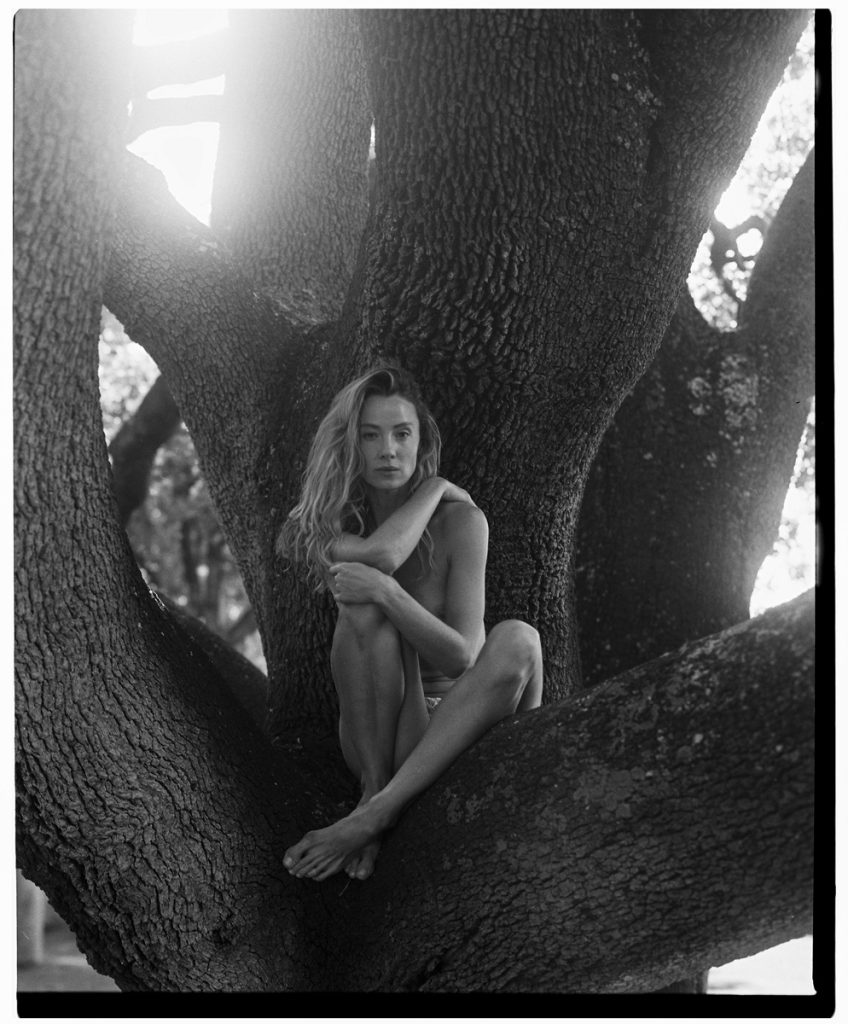
Allow The Light to Speak
Photography, light, and emotion are deeply interconnected in everything I create. My work is a constant attempt to capture time, navigate memory, and allow the light to speak, sometimes gently, sometimes intensely, about the things we carry within us.
Fotografía, luz y emoción están profundamente entrelazadas en todo lo que creo. Mi obra es un intento constante de capturar el tiempo, navegar la memoria y dejar que la luz hable—a veces suavemente, a veces con intensidad—sobre aquello que llevamos dentro.
Images - ©Cristina Rey
About The Author

Cristina Rey
Cristina Rey is a visual artist and art director. She began her journey in the arts at the age of 11 through drawing, which she later studied at San Eloy School. As a teenager, her mother’s old electric Yashica 35mm camera fell into her hands. She began photographing her friends and everything around her. In 2005, Cristina won her first photography competition, and a few years later, she went on to study Art History in Salamanca and Rome, followed by two master’s degrees in image and visual studies in Barcelona (ELISAVA), London (Central Saint Martins), and Granada.
This marked the beginning of a career already filled with achievements and continued promise for the young Spanish artist. Her work focuses on the interplay of light and shadow and on the use of unexpected warm tones in haunting, atmospheric scenes. Composition plays a key role in her practice—Cristina is in constant pursuit of perfect harmony between the elements in her frame and the melancholic undertones that many of her images evoke.
Although her current practice centers mainly on photography, Cristina is passionate about all forms of art. With a clear attraction to cinema, she draws inspiration from many sources: “film, music, skateboarding, and art inspire me like visual poetry.” These broad influences and bold compositions have led her to collaborate with numerous brands, including Dr. Martens, Carhartt, Diamond Supply, and Dior.
—
Cristina Rey es artista visual y directora de arte. Su trayectoria en el arte comenzó a los 11 años a través del dibujo, que estudió en la Escuela de San Eloy. En la adolescencia, cayó en sus manos la antigua cámara Yashica eléctrica de 35mm de su madre, y empezó a fotografiar a sus amigos y todo lo que la rodeaba. En 2005 ganó su primer concurso de fotografía y, años más tarde, estudió Historia del Arte en Salamanca y Roma, seguida de dos másteres en estudios visuales e imagen en Barcelona (ELISAVA), Londres (Central Saint Martins) y Granada.
Este fue el inicio de una carrera ya llena de logros y con mucho por delante para la joven artista española. Su obra se centra en el juego de luces y sombras y en el uso de tonos cálidos inesperados dentro de escenas atmosféricas y envolventes. La composición juega un papel clave en su práctica—Cristina está en constante búsqueda de una armonía perfecta entre los elementos del encuadre y los matices melancólicos que evocan muchas de sus imágenes.
Aunque actualmente su práctica se centra principalmente en la fotografía, Cristina siente pasión por todas las formas de arte. Con una clara atracción hacia el cine, se inspira en muchas fuentes: “el cine, la música, el skate y el arte me inspiran como poesía visual.” Estas influencias amplias y sus composiciones atrevidas la han llevado a colaborar con numerosas marcas, entre ellas Dr. Martens, Carhartt, Diamond Supply y Dior.


